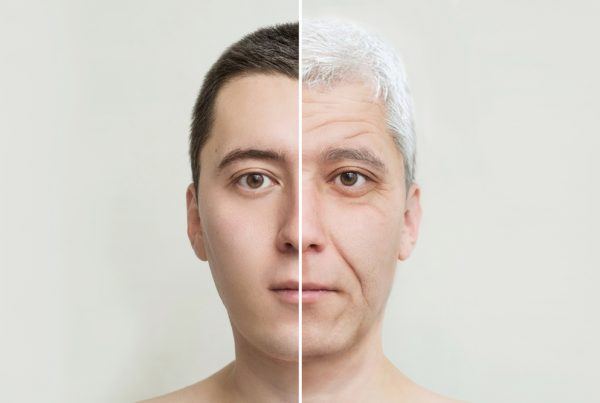Could hemp be a part of the solution when it comes to the climate crisis? Carbon dioxide is, as we all know, a major player in climate change. Increasing levels of CO2 mean that the planet is heating up and is unable to ‘cool itself down’. Previously, greenhouse gases such as carbon dioxide helped to make the earth a hospitable place to live for humans and animals alike. However, the amounts of greenhouse gases are now higher than ever. Today, CO2 levels are higher than they have been in 3 million years.
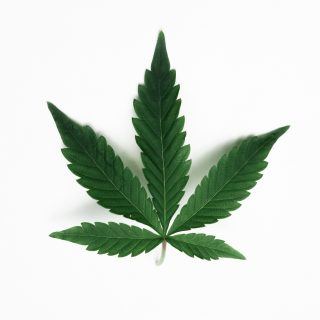
Photo by Kindel Media from Pexels
Plants, soil, and even the oceans are ‘carbon sinks’. This means that they “remove some carbon dioxide from the atmosphere and store it underground, underwater, or in roots and tree trunks”. However, as humans, we are releasing too much carbon into the atmosphere. This is mostly a result of burning fossil fuels. This means that traditional ‘carbon sinks’ can’t keep up. But if industrial hemp is able to capture more atmospheric carbon than trees, could it be a possible solution?
What is hemp?
Industrial hemp is one of many varieties of the Cannabis sativa plant. It’s a dioecious plant which may sound complicated. But actually just means that it can be separated into female and male plants. Hemp plants have been used by humans for more than 10, 000 years. Industrial hemp gives us fibers, proteins, oils, and even smokable flowers. It’s important to mention here that hemp and marijuana are not the same. Smoking hemp will not get you high. Hemp plants don’t produce enough THC for them to have an intoxicating effect.
What it does contain is CBD which is non-intoxicating and has a very mild psychoactive effect. The fiber from hemp comes from the plant’s stem. And is used in a wide variety of industries including the fashion industry. New experimentation with hemp fibers has also led to scientists discovering that it might be useful for more than just fashion. It seems that hemp might be useful for bioplastics, building materials and may even have some industrial usage value.
Better at capturing CO2 than trees?
Many of us have grown up with the idea that trees are the best way to capture atmospheric carbon (CO2). However, new research seems to indicate that is not the case. In fact, it seems that industrial hemp is much more effective.

Photo by Yaroslav Shuraev from Pexels
Industrial hemp captures carbon twice as effectively as forests. According to Darshil Shah, a Cambridge University researcher, hemp is also able to provide “carbon-negative biomaterials for architects and designers”.
Hemp is estimated to be one of the best CO2-to-biomass converters. Shah says that it’s much more effective than trees, absorbing “between 8 and 15 tonnes of CO2 per hectare of cultivation”. Comparatively, forests capture 2 to 6 tonnes of CO2 per hectare per year. As an agricultural crop, hemp is also full of benefits. In contrast to traditional agricultural crops, hemp farms do not emit large amounts of carbon. And when hemp is farmed organically, these benefits only increase.
Hemp: the material that can do anything
Another major benefit of hemp is that it’s an incredibly fast-growing plant and can be planted very densely. It’s not a new discovery and has been used by humans for thousands of years, but its use-value has increased dramatically over the past years. On average, agricultural land in the UK “emits around 3 tonnes of CO2 per hectare per year”. Emissions from organic hemp farms are typically even lower.
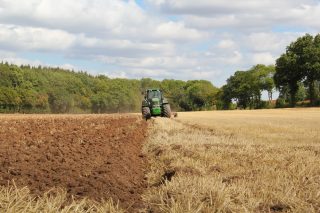
Photo by Richard Bell on Unsplash
This is because, typically, 30 to 40% of emissions come as a direct result of fertilizers and pesticides. Another major benefit of hemp is that it produces more usable fibers per hectare than forestry.
Almost the entire hemp plant can be used for manufacturing processes across various industries. The stiff outer fibers of the stem for instance can, according to Shah, be used “to produce bioplastic products including automotive parts and even wind-turbine blades and cladding panels”. These bioplastic cladding panels have been found to be a suitable alternative to aluminum and galvanized steel. The real benefit of using bioplastic cladding panels made from hemp is that production-wise, it requires only “15 to 60 percent of the energy” of traditional materials.
The inner part of the stem is generally used in order to produce fibers that are used to make fabrics. Hemp fabric feels similar to linen and can be blended with fibers such as bamboo or cotton for extra durability.
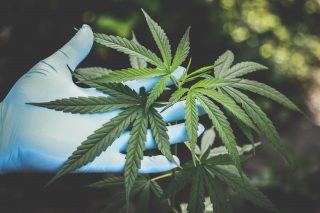
Photo by Yaroslav Shuraev from Pexels
The woody inner part of the stem can also be used to make “hempcrete”. This is essentially a filler for non-load-bearing walls and also acts as an insulation material.
So it looks like hemp is the future
When it comes to environmental and climate concerns, it seems like hemp might just be a possible solution. Given that hemp offers such diversity when it comes to just what it can do, it could be the plant of the future. Not only is it a carbon sink, but it’s also an extremely useful plant that allows for the creation of everything from fabric to building materials.
References
https://weedmaps.com/learn/the-plant/hemp-vs-marijuana
https://www.dezeen.com/2021/06/30/carbon-sequestering-hemp-darshil-shah-interview/
https://news.climate.columbia.edu/2021/02/25/carbon-dioxide-cause-global-warming/


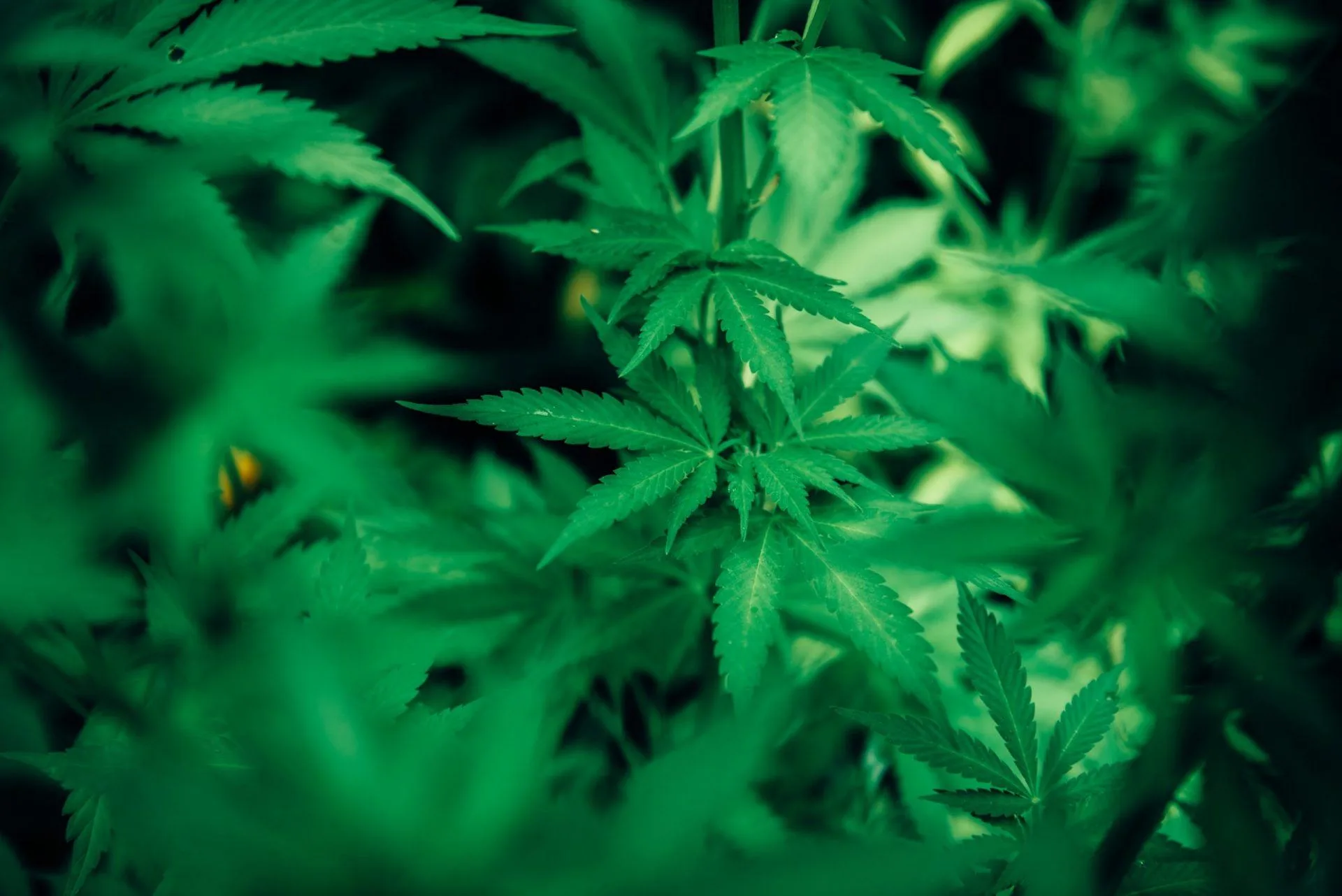
![women [longevity live]](https://longevitylive.com/wp-content/uploads/2020/01/photo-of-women-walking-down-the-street-1116984-100x100.jpg)






